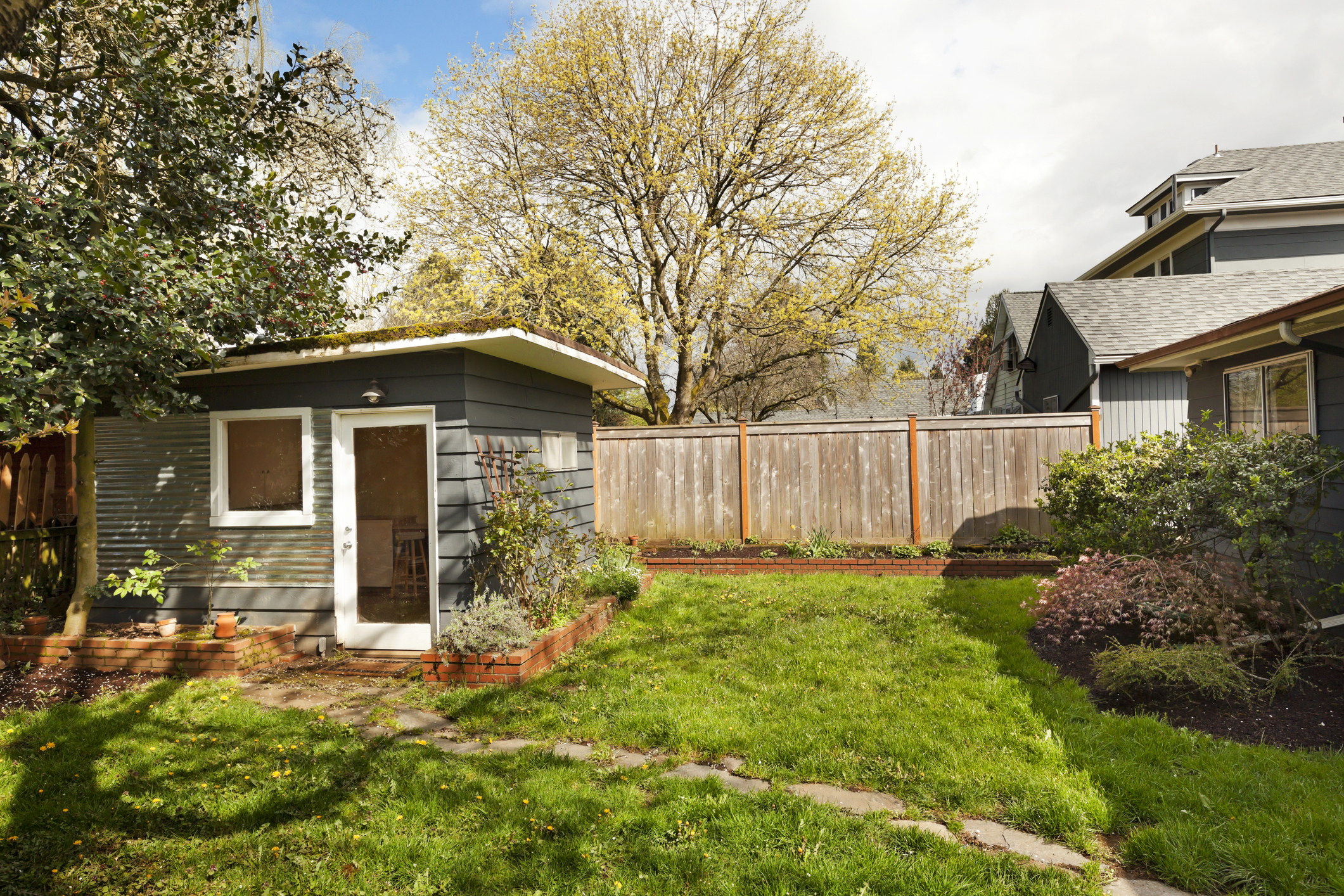Getting power to an outbuilding
To get power to an outbuilding, the recommended option is to install steel wire armoured cable and connect it to the main building.
Outbuildings such as a sheds, garages, or summer houses, may benefit from having power installed. This would depend on its intended use. For example, as demands for hybrid working continue, some people may want to convert their shed into a working office and would therefore need to get power to the lights, their computers, TVs, printers, chargers, Wi-Fi routers etc. Some people may also require heating so they are able to work comfortably.
Power to these outbuildings can be supplied by cable from the distribution board in the main building and installing it underground. However, when it comes to finalising the cable route, it is important to consider the environmental conditions that impact the cable. Amongst other things, UV and heat from sunlight, plus moisture from the soil condition will affect the current rating for the cable, which fundamentally affects conductor size.
Unless installed within a duct or conduit, the cable should include a metallic sheath or earthed armour – or even both. Steel wire armoured (SWA) cable is often the recommended choice for outdoor environments.
Because armoured cables have built in protection, they can be installed directly into a trench in the ground without further physical protection. SWA cable is specially designed for use in mains supply energy and is used to distribute power in numerous outdoor and indoor applications such as underground systems and power networks. SWA cable has a layer of galvanised steel wires applied to the bedding layer around the cores, which provides excellent protection against damage that may be caused after installation, by third-parties using excavation plant, subsidence or corrosion.
Additionally, SWA cables are heavy and rigid, so they are particularly suited to the harshness of underground installations.
SWA cable from Prysmian
Prysmian produces an extensive range of outdoor power cables designed to withstand harsh weather conditions, extreme temperatures, and mechanical stresses. This includes Prysmian BS 5467.
Prysmian BS 5467 is a low voltage armoured power cable and auxiliary control cable, with XLPE insulation. Its mechanical protection is provided by galvanised steel wire armour, making the cable suitable for areas that are at risk of mechanical damage. The cable also features cross-linked polyethylene (XLPE) insulation. XLPE is a thermoset material which has greater ductile strength and impact resistance when compared with PVC, as the polyethylene molecules are chemically bonded together – aka crosslinked. XLPE insulation also has a maximum working temperature of 90°C, allowing a higher current to run though the conductors when compared with PVC.
The BS 5467 range comprises 1, 2, 3, 4, 5, 7,12, 19, 27, and 37 cores, and is available in range of conductor sizes – more information can be found in our product catalogue. The three-core cable can be installed for outdoor applications and laid into cable ducts or underground cable trenches using the right cable pulling and laying equipment.
Choosing the right conductor size for an installation depends on the amount of power that is needed, and how the cable is to be laid out between the main building and the outbuilding. Our cable calculator tool CableApp, is a fast and efficient way to help you select the right cable that is required for each type of project and installation. Calculations can be made online, or the tool can be downloaded to your phone.
Choose Prysmian for all your outdoor projects. Find out more about Prysmian armoured cables.



